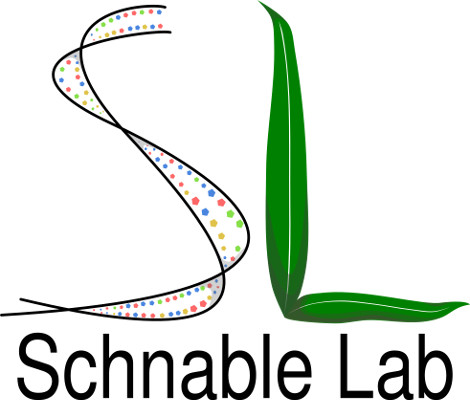
Nikee Shrestha
PhD Student
Nikee Shrestha is a Ph.D. student with a strong passion for genetics and genomics. Her research focuses on integrating classical population genetics, comparative genomics, and modern AI tools to uncover gene functions and advance our understanding of complex biological systems.
Recent Publications
- (2025) Enhancing yield prediction from plot-level satellite imagery through genotype and environment feature disentanglement. Frontiers in Plant Science doi: 10.3389/fpls.2025.1617831
- (2025) 3D reconstruction enables high-throughput phenotyping and quantitative genetic analysis of phyllotaxy. Plant Phenomics doi: 10.1016/j.plaphe.2025.100023 bioRxiv doi: 10.1101/2024.10.03.616344
- (2025) Transcripts and genomic intervals associated with variation in metabolite abundance in maize leaves under field conditions. BMC Genomics doi: 10.1186/s12864-025-11580-3 bioRxiv doi: 10.1101/2024.08.26.609532
- (2025) Plot-level satellite imagery can substitute for UAVs in assessing maize phenotypes across multistate field trials. Plants Planet People doi: 10.1002/ppp3.10613 agriRxiv doi: 10.31220/agriRxiv.2024.00251
- (2025) Genes and pathways determining flowering time variation in temperate adapted sorghum. The Plant Journal doi: 10.1111/tpj.70250 bioRxiv doi: 10.1101/2024.12.12.628249
- (2025) Quantitative genetics of photosynthetic trait variation in maize. Journal of Experimental Botany doi: 10.1093/jxb/eraf198 bioRxiv doi: 10.1101/2024.11.25.625283
- (2025) Off-the-shelf image analysis models outperform human visual assessment in identifying genes controlling seed color variation in sorghum. The Plant Phenome Journal doi: 10.1002/ppj2.70013 bioRxiv doi: 10.1101/2024.07.22.604683
- (2024) Sorghum segmentation and leaf counting using an in silico trained deep neural model. in silico doi: 10.1002/ppj2.70002
- (2024) Nonphotochemical quenching kinetics GWAS in sorghum identifies genes that may play conserved roles in maize and Arabidopsis thaliana photoprotection. The Plant Journal doi: 10.1111/tpj.16967 bioRxiv doi: 10.1101/2023.08.29.555201
